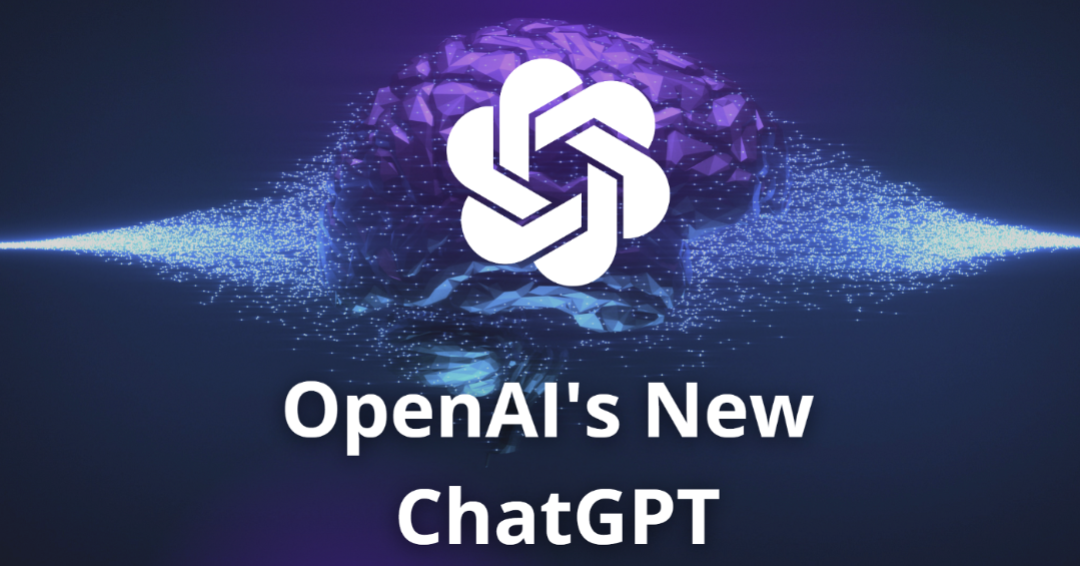

Moe
ChatGPT: The Innovative Language Model That is Revolutionizing AI
Artificial Intelligence has made significant progress in recent years, and one of its most promising developments is the ChatGPT language model, developed by OpenAI. This model has been trained on an enormous corpus of text data, enabling it to generate human-like responses to a wide variety of questions and prompts. As a result, it has become a popular technology for developing conversational applications such as chatbots, voice assistants, and customer service bots. In this article, we will explore the basics of ChatGPT, including how it works, its benefits, and potential downsides. Additionally, we will also look at some of the ethical considerations that come with using AI technologies like ChatGPT. Whether you are a developer or just interested in learning about the latest advancements in AI, this article will provide you with a comprehensive overview of ChatGPT and its impact on the field of artificial intelligence.
How ChatGPT Works:
ChatGPT is based on the transformer architecture, which was introduced in a 2017 paper by Vaswani et al. The transformer architecture is designed to be highly scalable, making it possible to train models with billions of parameters. ChatGPT has been trained on a massive corpus of text data, which includes web pages, books, and other written material. The model uses this training data to learn patterns in language and to generate responses that are contextually appropriate and semantically sound.
The model is capable of performing a wide range of natural language processing tasks, including language translation, text summarization, and sentiment analysis. However, it is best known for its ability to generate human-like text responses. This is accomplished by using a technique known as masked language modeling, in which the model is trained to predict the missing words or phrases in a given text prompt.
Benefits of ChatGPT:
One of the biggest benefits of ChatGPT is its ability to generate human-like responses, which makes it a valuable tool for developing conversational applications. For example, chatbots powered by ChatGPT can be used to provide customer service, answer frequently asked questions, and even help people find products or services. This can help businesses save time and resources by automating many common tasks, while also providing their customers with a more engaging and personalized experience.
In addition to its ability to generate human-like responses, ChatGPT also has a number of other benefits. For example, it is highly customizable, which means that developers can fine-tune the model to meet the specific needs of their application. It is also highly scalable, making it possible to train models with billions of parameters, which provides the model with even greater accuracy and versatility.
Another benefit of ChatGPT is its ability to handle complex and unstructured data, such as free-form text and spoken language. This makes it a valuable tool for a wide range of natural language processing tasks, including sentiment analysis, question answering, and text summarization.
Few potential downsides to using ChatGPT:
- Bias and Misinformation: ChatGPT has been trained on a massive corpus of text data, which includes information from the internet. This means that the model may have learned biases or misinformation that are present in the training data. This can result in the generation of inaccurate or offensive responses, which can negatively impact the user experience and reputation of the application.
- Lack of Common Sense: ChatGPT is an AI model that has been trained on text data, but it lacks the common sense and understanding of the world that humans have. This can result in the generation of nonsensical or irrelevant responses, especially in situations where the model is faced with unexpected or unconventional inputs.
- Limited Customizability: While ChatGPT is highly customizable, it is still a pre-trained model. This means that developers are limited by the parameters and capabilities of the model, and may not be able to fine-tune it to meet their specific needs. In some cases, it may be necessary to train a new model from scratch, which can be a time-consuming and resource-intensive process.
- Dependence on Large Computational Resources: ChatGPT is a large and complex model that requires significant computational resources to run. This can make it difficult and expensive to deploy in resource-constrained environments, such as embedded devices or mobile devices.
- Ethical Concerns: The use of ChatGPT and other AI models raises a number of ethical concerns, such as privacy, accountability, and the potential for AI to be used for malicious purposes. It is important for developers and organizations to be aware of these concerns and to take steps to address them in a responsible and ethical manner.
In conclusion, ChatGPT is a powerful language model developed by OpenAI that has the ability to generate human-like responses to a wide variety of questions and prompts. This makes it a valuable tool for developing conversational applications, such as chatbots and voice assistants. While it has many benefits, including its high accuracy, versatility, and scalability, there are also some potential downsides to using ChatGPT. These include the risk of bias and misinformation, lack of common sense, limited customizability, dependence on large computational resources, and ethical concerns. Despite these limitations, ChatGPT remains a promising technology that has the potential to revolutionize the way we interact with AI in the future.
